The city of Newark, New Jersey, has indeed seen worse days as it grapples with its economy in what has historically been a predominately black and brown urban center. In the last 20 years, Newark has tried to overcome its “poor city” image as it seeks to birth and nurture its own downtown renaissance. One way it aims to do this is through the creation of an Art District anchored by Newark’s existing cultural/educational institutions supported by new apartments and condos.
Recently, I had the opportunity to work with the New Jersey Performing Arts Center (NJPAC) to conduct a series of “community conversations” (another word for focus groups, actually 50 of them) to be able to solicit a wide range of voices on how an Art Center can make a difference in a city devoid of a deservingly artistic life. More importantly, how can an Art Center eliminate this invisible barrier that is keeping the city five wards from ”belonging, benefiting and contributing” to its downtown renaissance (no small feat). Residents, teachers, students, artists, and community groups had no shortage of ideas on the challenges and the opportunities that an Arts Center can offer its citizenry. By all means, a first promising step in being that important catalyst for bridging and connecting the city diverse yet disconnected neighborhoods.
One of the most successful community development tools cities use to revive their business corridors and neighborhoods is the concept of Creative Place-Making, a deliberate and focus planning process using art and culture as the two main ingredients in creating a vibrant destination place that draws artists, newcomers, homeowners, businesses, and tourists. Keep in mind, that the success of this process will change and, in some cases, gentrified cities and their neighborhoods. Here is why…
Art is a powerful draw that inspires folks to want to be part of it. Here where it disappoints … art is not inclusive, it miserably fails at diversity and equity, and yeah… it displaced long time residents changing the cultural fabric of what communities were like. Only through awareness and thoughtful planning can creative place-making benefit everyone, especially the next generation of young artists. This brings me back to why ”voices” need to be heard to ensure the integration of the new and the old in ways that benefit everyone.
Hands down best focus groups were those middle school children who met with me as part of their after school program to share what they wanted to see at this newly planned Arts Center. With markers, pencils, and paper in hand, they wasted no time designing what the center should look like as I had promised a pizza party afterward. I happily share the faces and vision statements of these children who, when given the opportunity to use their imagination and creativity, did not disappoint.
What next? Lots of challenges to overcome, making this a gem of a project for the city and its people. Kudos to NJPAC.
I want to thank New Community Corporation and La Casa de Don Pedro After School Programs for facilitating the focus group sessions with the middle schools.






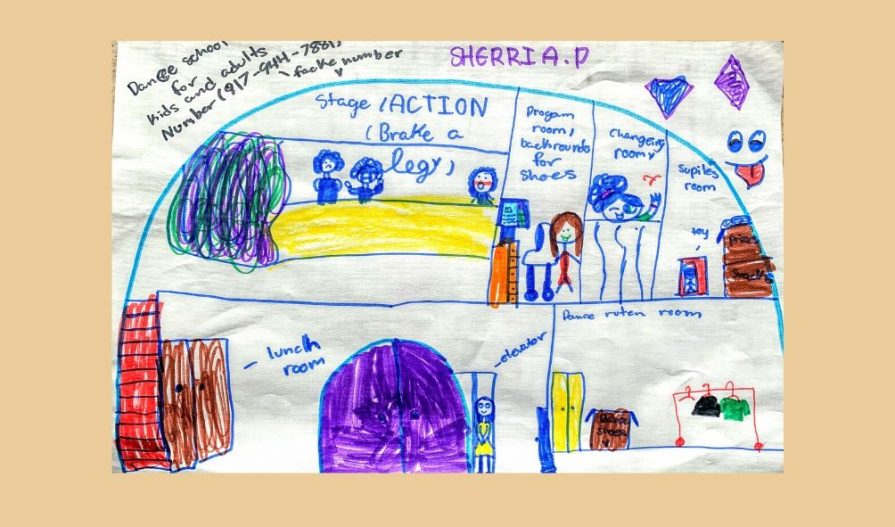
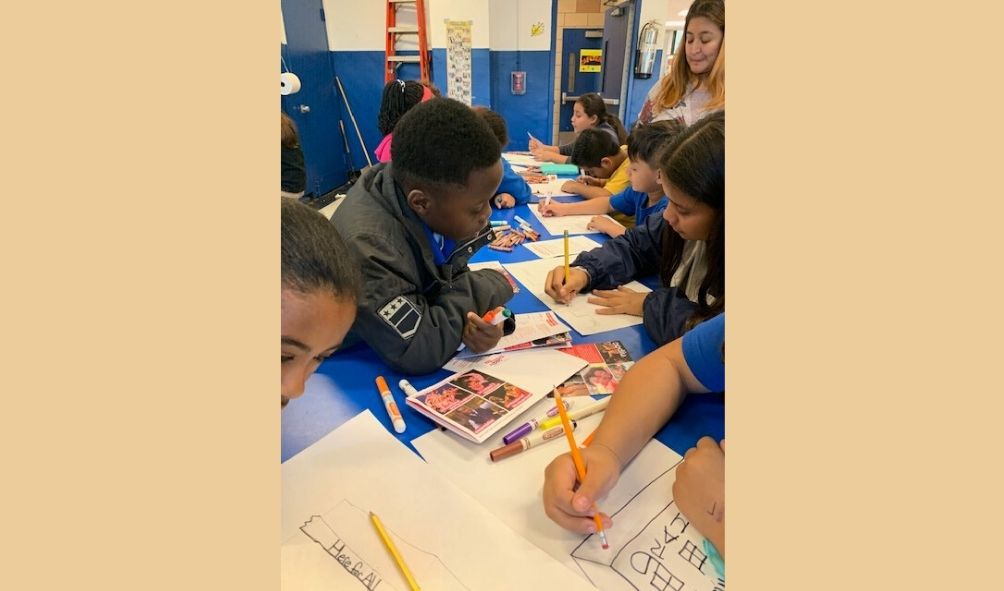

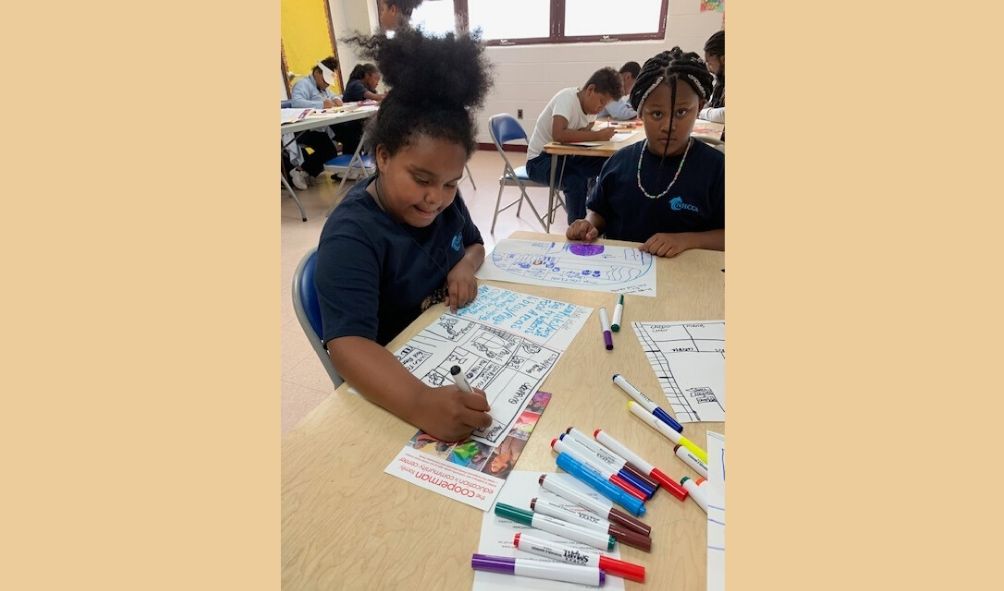
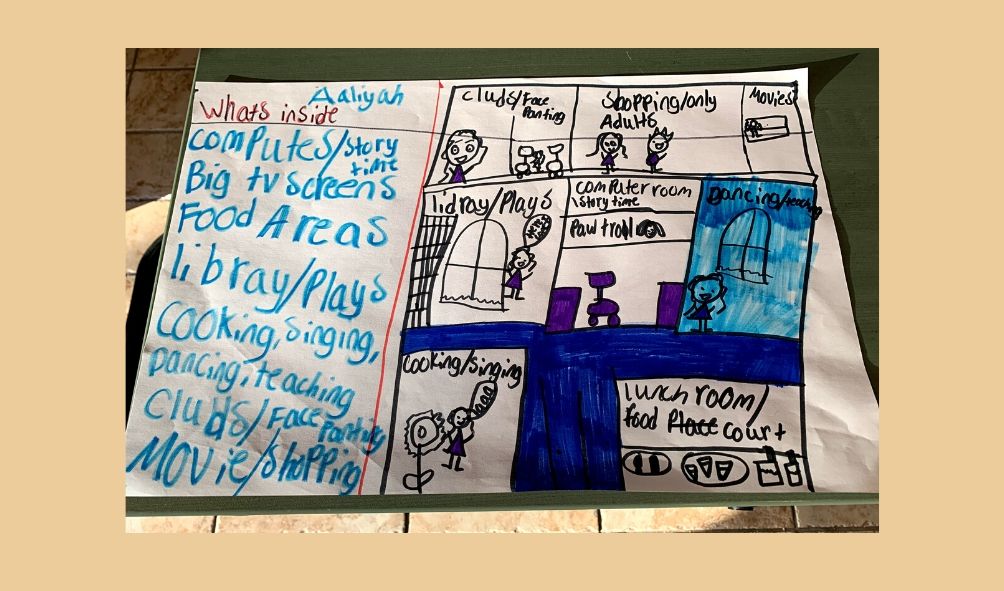
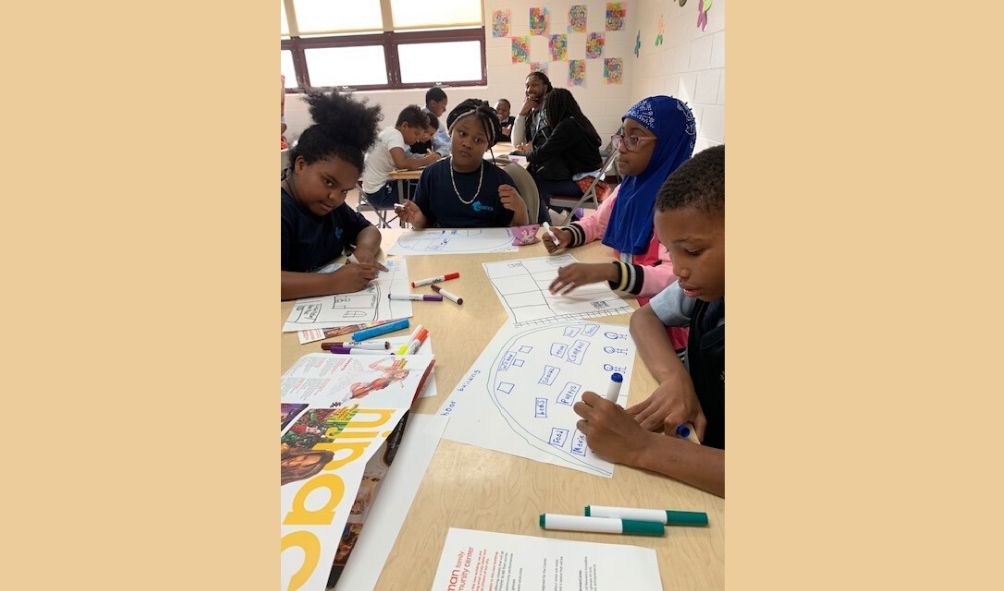
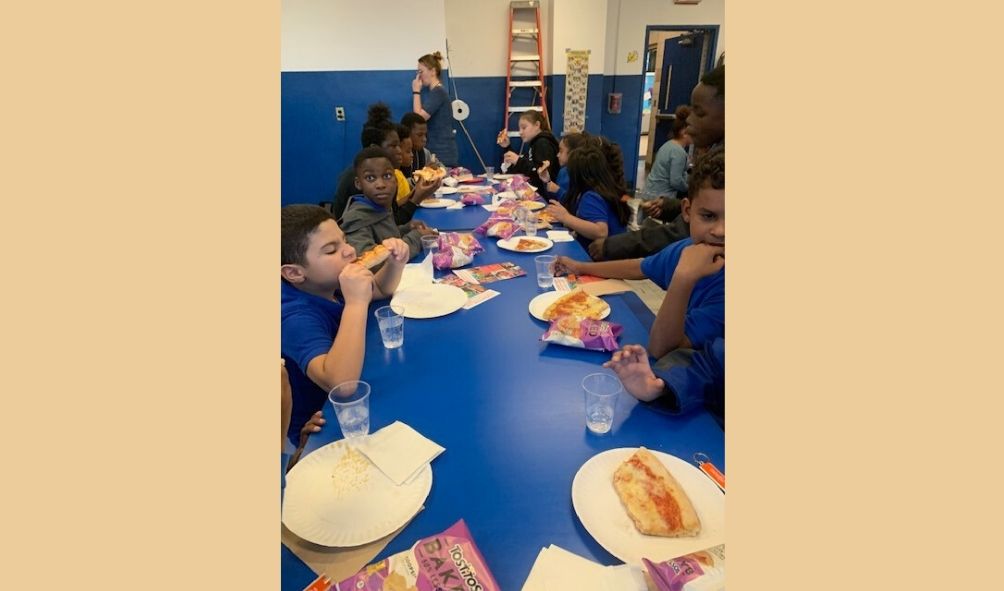
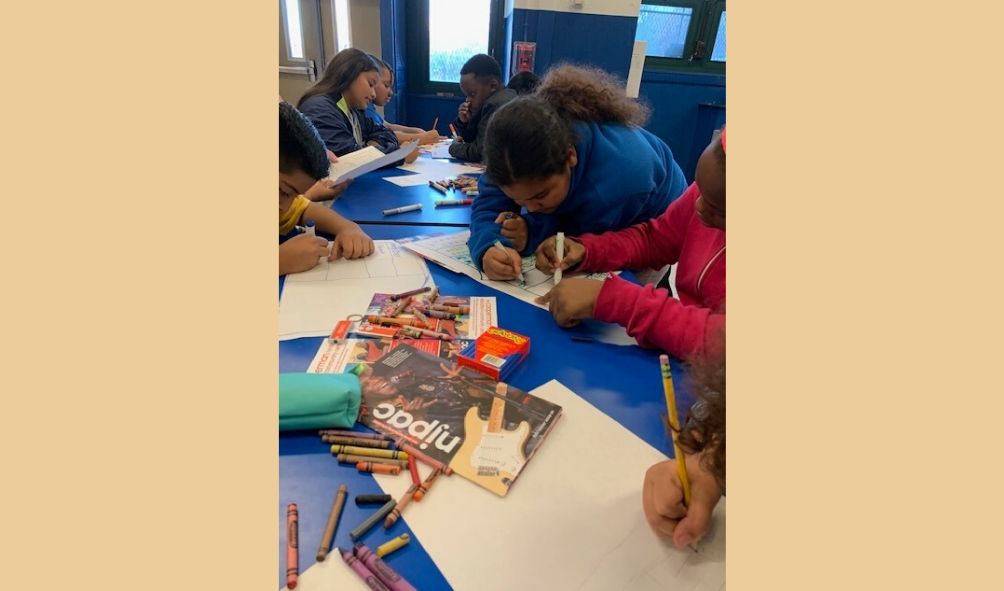
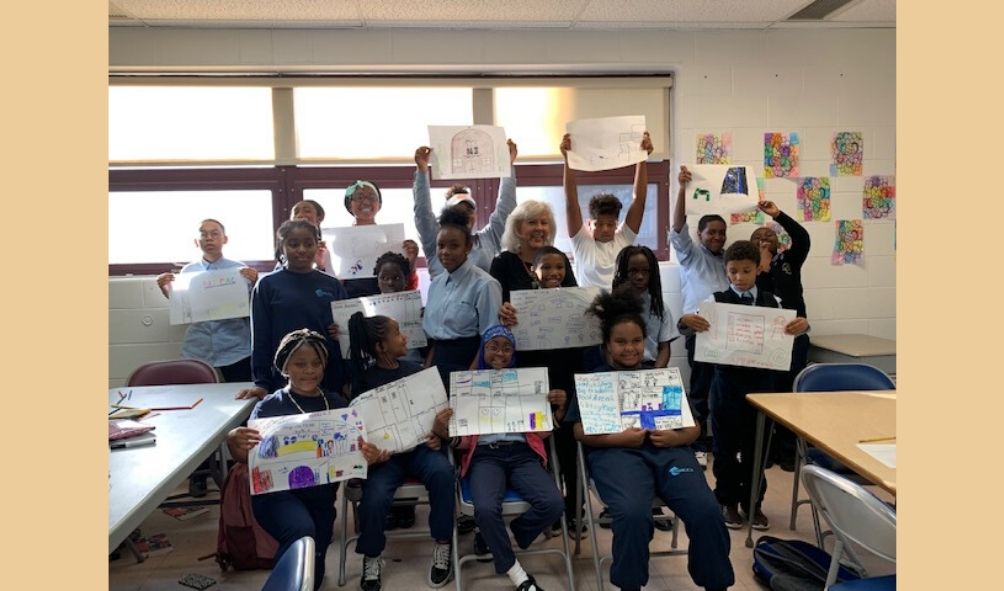
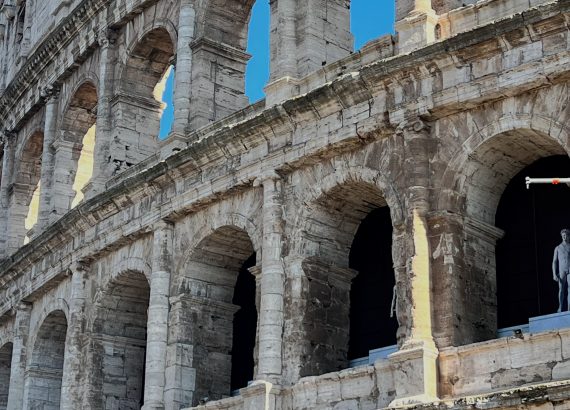

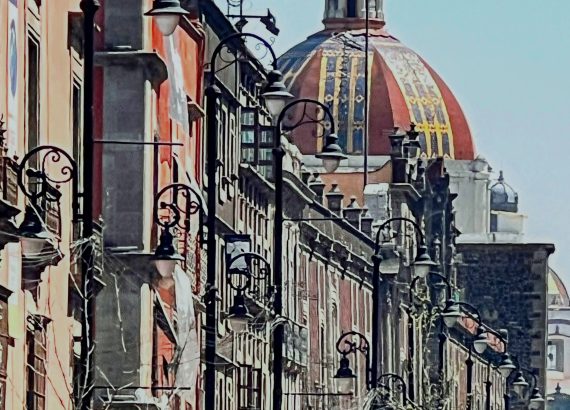
tinder site
tinder sign up , how to use tinder https://tinderdatingsiteus.com/
Robt
It’s going to be ending of mine day, except
before ending I am reading this enormous paragraph to improve my knowledge.
Also visit my blog post – cheap flights
list of free european dating sites
free dating websites http://freedatingsiteall.com
Chauncey
Sweet blog! I found it while searching on Yahoo News.
Do you have any tips on how to get listed in Yahoo News?
I’ve been trying for a while but I never
seem to get there! Thank you
Feel free to surf to my web site cheap flights
Carmelo
Aw, this was an extremely good post. Spending some time and actual effort to produce a superb article… but what can I say… I put
things off a whole lot and never seem to get
nearly anything done.
Feel free to surf to my website: cheap flights (http://tinyurl.com/)
Silvia
Right here is the perfect webpage for anybody who hopes to understand this topic.
You know so much its almost hard to argue with you
(not that I personally would want to…HaHa). You definitely put a
new spin on a topic that has been written about for ages. Great stuff, just great!
Check out my web page :: cheap flights
Kala
You really make it seem so easy with your presentation but I find this matter
to be actually something which I think I would never understand.
It seems too complex and very broad for me. I’m looking forward
for your next post, I will try to get the hang of it!
Feel free to surf to my web site; cheap flights [tinyurl.com]
Belle
hi!,I really like your writing very a lot! share we keep up a correspondence extra approximately
your post on AOL? I require a specialist in this area to solve my problem.
Maybe that’s you! Looking ahead to look you.
Feel free to surf to my web-site – cheap flights (tinyurl.com)
Luisa
bookmarked!!, I love your website!
Have a look at my homepage: Corinne
Stacie
The most effective bets in Baccarat give the house about a 1% advantage,
and you can count on about 50 coups an hour.
Also visit my web blog … 코인카지노
Jamaal
This is a very good tip especially to those
new to the blogosphere. Brief but very precise info… Appreciate your sharing this one.
A must read post!
Also visit my page Karissa
Larae
Gambling addiction can happen to even the most unlikely individuals, so please be cautious.
Here is my site … world cup spread betting
Essie
“Hoops” is one of the most well known sports in the world,
and for excellent purpose.
Also visit my blog :: win at sports betting
Hyman
Asking questions are in fact nice thing if you aree not understanding something fully, however this
poѕt gives good understanding even.
Check out my blog post Situs poker online terpercaya
Valentin
There is no guarantee that your funds, data or data will be safely
kept.
Feel free to surf to my website … online sports betting legal
Jacelyn
Thanks in favor of sharing such a fastidious thought,
article is good, thats why i have read it entirely
Take a look at my web-site – mega888 ios
Sherrill
This info is priceless. How can I find out more?
My webpage … Xe88 Company
Porter
Keep on working, great job!
Feel free to visit my page … 918kaya android
Octavia
Quality posts is the crucial to interest the visitors to pay a visit the web
site, that’s what this web page is providing.
Review my web page … download mega888
Selene
Way cool! Some very valid points! I appreciate you penning this write-up and the rest of the site is also really
good.
Here is my blog; xe88 website
Jung
I have read so many posts concerning the blogger lovers but this post is genuinely a nice piece of writing,
keep it up.
my web-site :: download mega888
Curt
My coder is trying to persuade me to move to .net from PHP.
I have always disliked the idea because of the expenses.
But he’s tryiong none the less. I’ve been using WordPress on a
variety of websites for about a year and am nervous about switching to another platform.
I have heard excellent things about blogengine.net.
Is there a way I can import all my wordpress content into it?
Any help would be greatly appreciated!
Here is my page :: pussy888apk
Aline
What’s up Dear, are you genuinely visiting this web page regularly,
if so afterward you will without doubt obtain pleasant experience.
Feel free to surf to my page: download 918kaya
Tammie
magnificent submit, very informative. I’m wondering why the other specialists of this sector don’t
realize this. You should continue your writing. I’m confident, you’ve a great readers’ base already!
Here is my web site :: kiss916 (https://kebe.top/viewtopic.php?id=443795)
Christiane
Hi friends, its wonderful article on the topic of cultureand completely explained, keep it up all the
time.
my web site :: mega888 for ios
Bobbye
I’m gone to say to my little brother, that he should also visit this weblog on regular basis to
take updated from newest information.
My web blog … mega888 for ios
Irma
Thanks for sharing your thoughts about game mega888. Regards
My homepage :: mega888 kiosk download
Mathew
Saya telah berselancar online lebih dari 4 jam hari ini,
namun saya tidak pernah menemukan artikel menarik seperti milik Anda.
It’s cukup berharga bagi saya. Menurut pendapat saya , jika
semua pemilik web dan blogger membuat konten yang baik seperti yang
Anda lakukan, web akan menjadi lebih berguna dari sebelumnya.
My blog post; Joker123 pc
Brodie
Hi there! This is kind of off topic but I need some help from an established blog.
Is it very difficult to set up your own blog?
I’m not very techincal but I can figure things out pretty
quick. I’m thinking about creating my own but I’m not sure where to start.
Do you have any ideas or suggestions? Cheers
My web page – web hosting; pilgrimhouse.or.kr,
Roger
Ahaa, its pleasant conversation concerning this post at this place at
this blog, I have read all that, so at this time
me also commenting here.
my web page mega888apk (rockfishlax.com)
Dewey
Having read this I believed it was really informative.
I appreciate you taking the time and effort to put this content
together. I once again find myself personally spending way too much time
both reading and leaving comments. But so what, it was still worth it!
my blog post; mega888 website
Sandra
Hey! This post couldn’t be written any better! Reading through
this post reminds me of my old room mate! He always kept talking about
this. I will forward this article to him. Pretty sure he will have a good read.
Thank you for sharing!
Here is my site … game mega888
Torri
Every weekend i used to pay a visit this website, as i wish for enjoyment, since this this
web page conations really fastidious funny data too.
my homepage: gamefly
Mathew
Hiya! Quick question that’s completely off topic.
Do you know how to make your site mobile friendly? My website looks weird when browsing
from my iphone. I’m trying to find a template or plugin that might
be able to correct this issue. If you have any recommendations, please
share. Cheers!
Here is my web site; Game mega888
Bettye
Hello would you mind stating which blog platform you’re using?
I’m going to start my own blog soon but I’m having a difficult time
making a decision between BlogEngine/Wordpress/B2evolution and Drupal.
The reason I ask is because your layout seems different then most blogs
and I’m looking for something unique. P.S Sorry for being off-topic
but I had to ask! games ps4 allenferguson games ps4
Here is my web page :: coconut oil
Klaudia
You could definitely see your expertise in the work you write.
The world hopes for even more passionate writers like you who are not afraid to mention how they believe.
Always follow your heart.
Feel free to visit my blog :: Id Akaun Test Mega888
Garnet
It is the best time to make some plans for the future and it’s
time to be happy. I’ve read this post and if I could I want to suggest you few interesting things or suggestions.
Perhaps you could write next articles referring to this article.
I want to read more things about it!
Review my blog :: id mega888
Elizabeth
Great site you have here.. It’s difficult to find high-quality writing like
yours these days. I truly appreciate people like you!
Take care!!
Here is my web blog; mega888 download (Thpswiki.com)
Mark
Link exchange is nothing else but it is only placing the other
person’s blog link on your page at suitable place and other person will also do same in support of you.
Feel free to surf to my blog: ps4 games; bit.ly,
Augustina
Wow, superb blog layout! How long have you been blogging for?
you make blogging look easy. The overall look of your website is wonderful, as well as the content!
Feel free to surf to my website ps4 games (tinyurl.com)
Wilhemina
Can I simply say what a comfort to discover someone that really understands what they’re talking about over the internet.
You definitely understand how to bring a problem to light and
make it important. A lot more people need to look at this and understand this side of your story.
I was surprised that you’re not more popular given that you most certainly have the gift.
my web blog web hosting (http://bit.ly/30Y3U2o)